By Giorgio Sesti, Claudio Borghi, Corrado D’Andria, Andrea Picchianti Diamanti, Gaetano Serviddio, Lucio Tremolizzo
What questions to ask a patient to properly investigate their medical history? What to suspect in case of a positive Murphy’s sign? What is the correct gestural sequence to put in place to elicit the sign of the surge? When the medical student finds himself interacting with the patient for the first time, he must be able to ask the right questions, listen carefully and integrate anatomical and physiological with the evaluation of the signs and symptoms of diseases. The Manual was designed to guide the trainee, step by step, to the progressive acquisition of the clinical method: a step-by-step path to juggle the various information that can be obtained during the patient’s physical examination to arrive to the correct diagnosis. The text is constructed as an educational path that leads to the reasoning and organization of the data obtained from anamnesis, symptoms, signs and diagnostic methods; the four steps in which the clinical method is summarized (the interview-interview for the collection of symptoms, the collection of anamnesis, the physical examination, the findings of the imaging methods) are put into constant dialogue with in-depth notes clinician appropriately marked and with continuous references to semeiological practice through boxes that answer the essential question: “How is it done?”. The authors illustrated the whole clinical methodology by creating an innovative tool that invites the new generation of doctors to use their senses to grasp the signs. diagnostic signs and methods; the four steps in which the clinical method is summarized (the interview-interview for the collection of symptoms, the collection of anamnesis, the physical examination, the findings of the imaging methods) are put into constant dialogue with in-depth notes clinician appropriately marked and with continuous references to semeiological practice through boxes that answer the essential question: “How is it done?”. The authors illustrated the whole clinical methodology by creating an innovative tool that invites the new generation of doctors to use their senses to grasp the signs. diagnostic signs and methods; the four steps in which the clinical method is summarized (the interview-interview for the collection of symptoms, the collection of anamnesis, the physical examination, the findings of the imaging methods) are put into constant dialogue with in-depth notes clinician appropriately marked and with continuous references to semeiological practice through boxes that answer the essential question: “How is it done?”. The authors illustrated the whole clinical methodology by creating an innovative tool that invites the new generation of doctors to use their senses to grasp the signs. the findings of the imaging methods) are put into constant dialogue with appropriately marked clinical in-depth notes and with continuous references to semeiological practice through boxes that answer the essential question: “How is it done?”. The authors illustrated the whole clinical methodology by creating an innovative tool that invites the new generation of doctors to use their senses to grasp the signs. the findings of the imaging methods) are put into constant dialogue with appropriately marked clinical in-depth notes and with continuous references to semeiological practice through boxes that answer the essential question: “How is it done?”. The authors illustrated the whole clinical methodology by creating an innovative tool that invites the new generation of doctors to use their senses to grasp the signs.
Product Details
- Salt : B0B4PJPV9S
- Publisher : Edra (June 16, 2022)
- Publication date : June 16, 2022
- Language : Italian
- Screen Reader : Supported

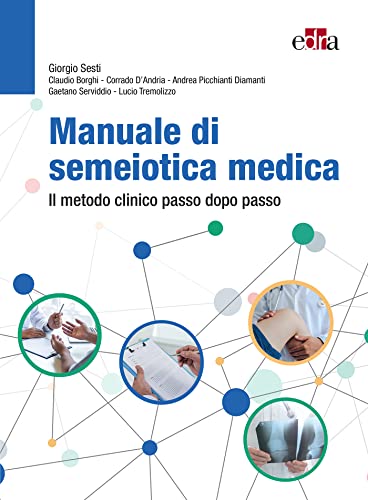
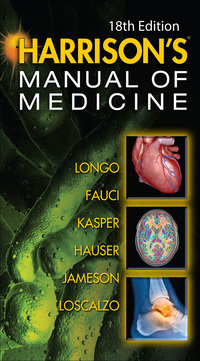
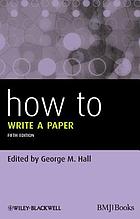
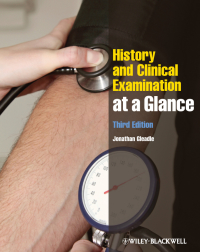
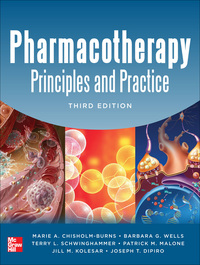
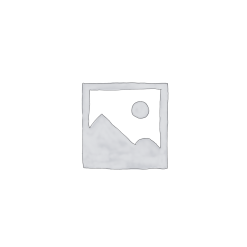
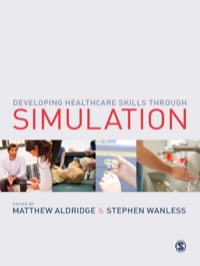

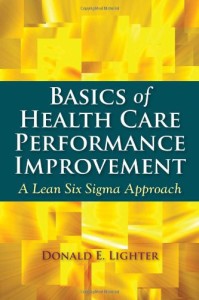
Reviews
There are no reviews yet.